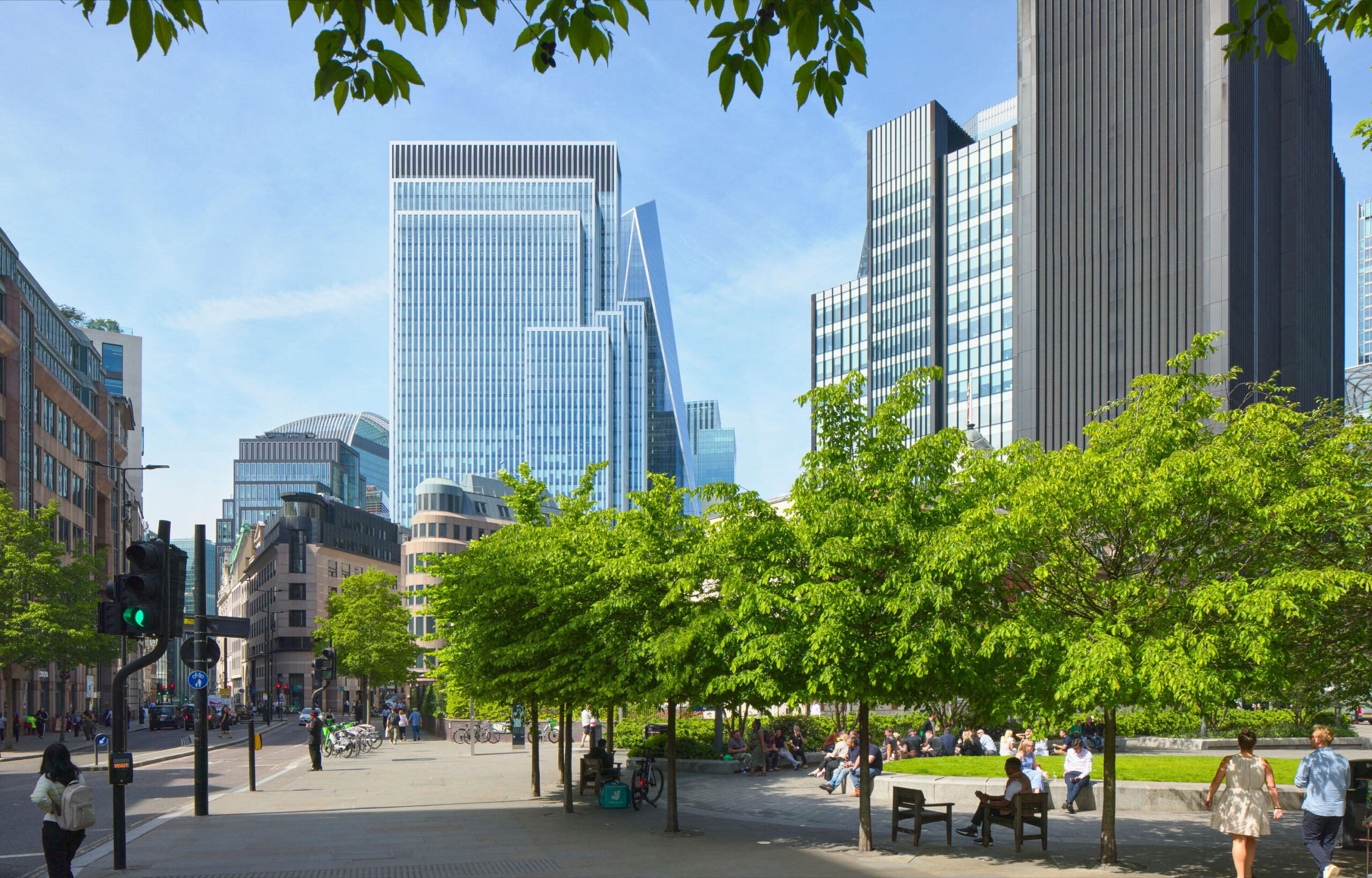




























































































































































































































































A
Z
Hydrogen: Solution or ‘Techcrastination’?
Current
2025
- Designing for circularity: championing materials re-use at 30 Duke Street St James’s
- For What it’s Worth
- Exploring Thermal Labyrinth Ventilation Systems at the Big Data Institute, University of Oxford
- “Discovering magic in the mundane” – Q&A with Ian Hunter, Materials Council
- Retrofit or Rebuild: Getting the most area for the least embodied carbon
2024
- Winner of The Architecture Drawing Prize 2023: an interview with Eldry John Infante
- Developing in the City: New Build vs Retrofit
- Transforming Cityscapes with the Power of Nature
- Making luxury circular: rethinking re-use in retail fit-outs
- Is it mean to cut down trees?
- “Drawing as a method of dialogical design” – an interview with Eugene Tan

























